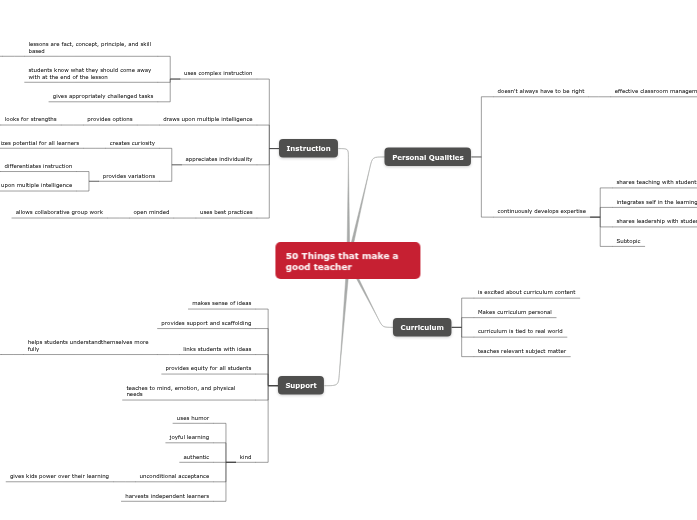Knowledge Transformation
many -to many interactions
stakeholder engagement
community knowledge sharing + innovation and knowledge growth
easily contribute small informal knowledge chunks
space and time dispersion
integration in work processes
Integration of new contributions
Burning Questions
(Click side box) -->
- How can members of the same team with the same vision overcome conformation bias or any other bias when analyzing their data?
- Do educators involve their students in the collaboration team when it comes to working towards improving student learning?
- Would it be more beneficial to give students only ill-structured problems if it meant that they were more prepared for real-life problem-solving situation?
- Would a group with members that have conflicting views have a more accurate analysis if not everyone on the team has the same mindset as the rest of the members?
Core Concepts: Collaborative Inquiry
Not every teacher is "buy-in" to the idea of C.I.
Not enough support from administration
Support Factors
Culture of collaboration within school
Data literacy support
GUidance
Leadership
Release time
Inefficient as professional development structure
May not be relevant to some teachers if not shared focus
Teachers prefer agency in deciding topic of focus
May take up too much time
Collaboration 2.0
Strengthen data security
increased efficiency
lower cost
share mission0critical information with less risk
improved productivity
promote more collaboration and idea generation
Group Decision-Making Process
Implementation
Choice
Design
Intelligence
4 Stages
Sharing information
Sharing information tools
Canva
Prezi
Youtube
Padlett
Wix
Mindomo
Powerpoint/Google Sldies
Weebly
-Next steps and recommendations
-Share new understandings
Analyzing Evidence
Beware of confirmation bias when reviewing data
only use it as a tool for evidence and not as a deciding
factor for decisions
-Make meaning of relevant data patterns to form conclusions
-5 steps of data: organize, read, describe, classify and interpret
-Use both qualitative and quantitative data when analyzing
-Beware of bias when reading data, should be used as a tool and not as a deciding factor
Collecting Evidence
Data Collection Tools
Excel
Microsoft/ Google forms
SurveyMonkey
-Determine type of data collected
-Determine where the data is coming from
(must be valid and reliable, many sources need)
Problem Framing
Design a plan to research and learn
more about the inquiry question
Technology for collaboration design
Mindomo or Coggle
Google sheets
Google slides
Google docs
Microsoft OneDrive
Google drive
-Create a shared vision
-I.D. current student needs
-Develop an inquiry question to meet
criteria and focus on common goal
Participants come together to examine thier own work and thinking using research
Reflective dialogue
Seeking research
Asking questions
Community Knowledge Advancement
Knowledge negotiation
Work toward co-construction of understanding inquiry focus
Examine varying perspectives and beliefs
Shared experiences and focus in group
Sharing knowledge through public and collaborative communication
gains in individual knowledge is contributed towards the group, it becomes gains in group knowledge
Collaboration of overall ideas from several individuals
Communication
Video conferences
Microsoft Teams
Google Meets
Discord
Zoom
Social media
LinkedIn
Pinterest
Gmail/Outlook
Whatsapp
Facebook
Cyclical process
Reflecting
Connecting areas for professional learning with
ongoing reflection (both individual and group levels)
Taking action
Collecting student data
Adapting practices to the changing inquiry
Working together with other teachers
Dialogical sharing
Shared leadership
Shared responsibility
Shared vision and goals
7 Characteristics
Reciprocal
Adaptive
Ask questions on how to improve plans/what went wrong
and try it again --> examine new changes
Reasoned
Iterative
Reflective
Collaborative
Relevant
Problem Solving
IDEAL problem solving
Lock back and evaluate
Act on strategies
Exploring possible strategies
Defining and representing problem
Identify problems
Ill-structured problems
-Not constrained by domains
-Multiple solutions can be made
-Problem elements unknown
-Multiple evaluation criteria
-Require judgements and personal beliefs
Well-structured problems
-Generally given in classroom environment
-All elements present
-Application of limited number of structured rules
-Comprehensible solutions depending on decisions
open-ended learning environment
goal-based scenarios
Potential Issues
Subtopic









